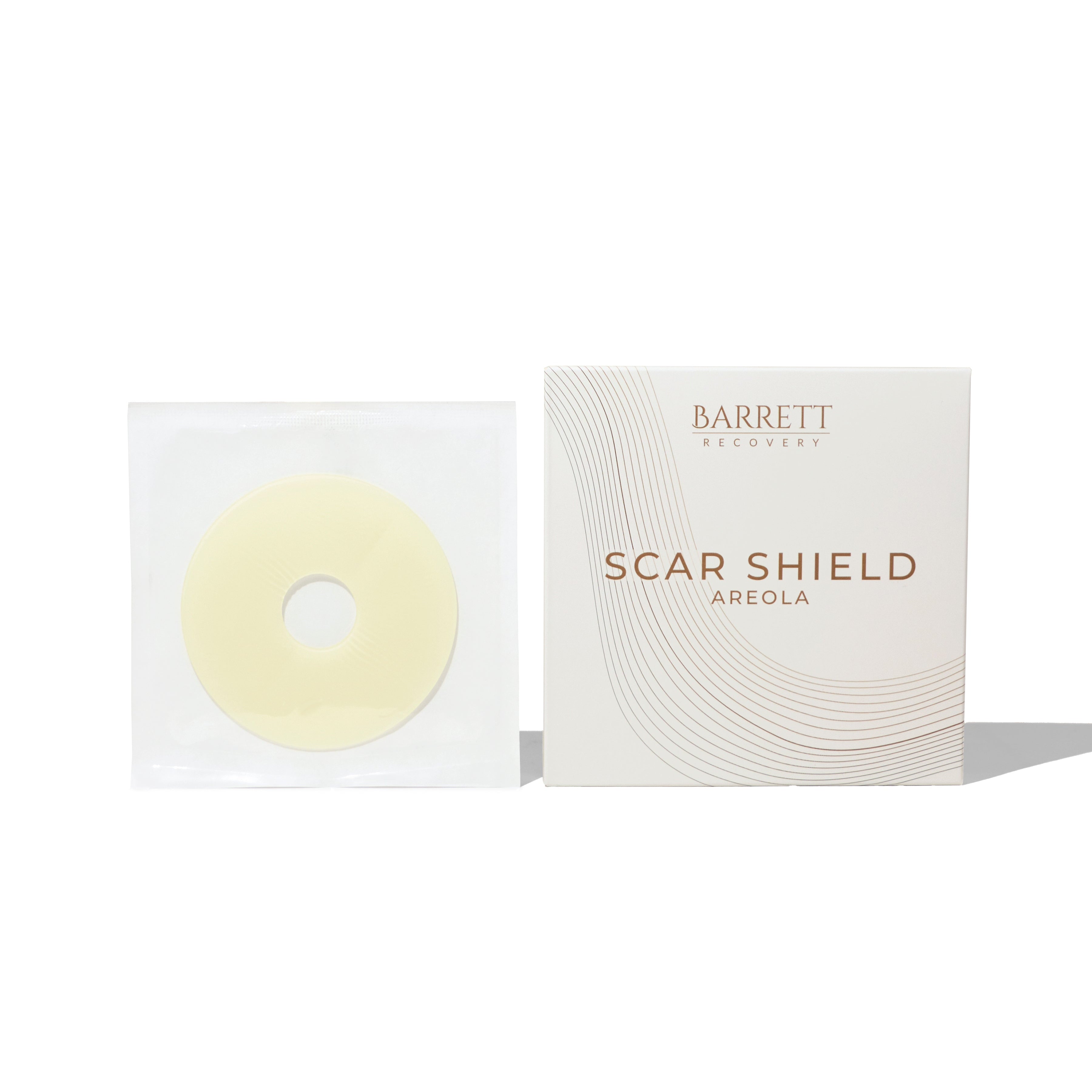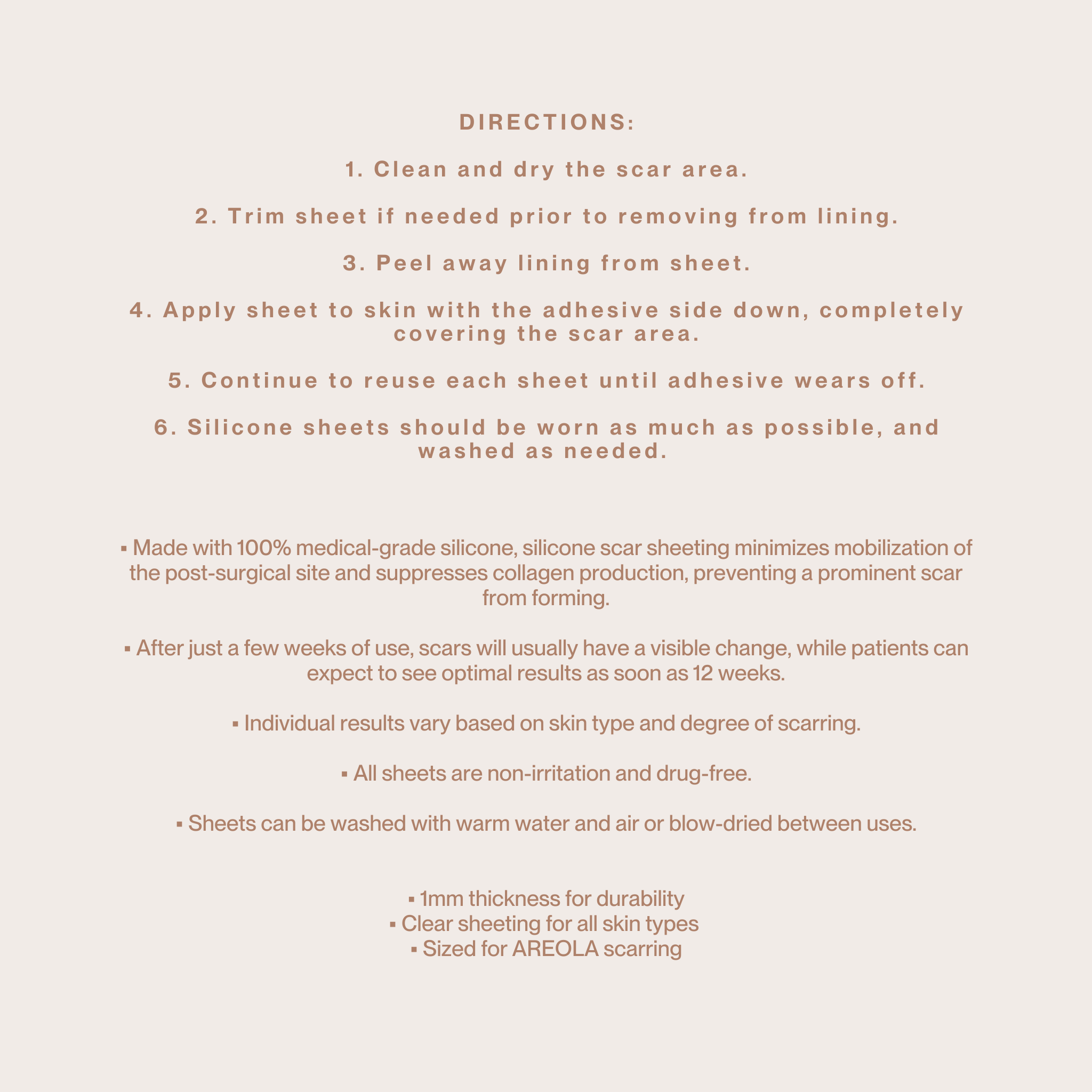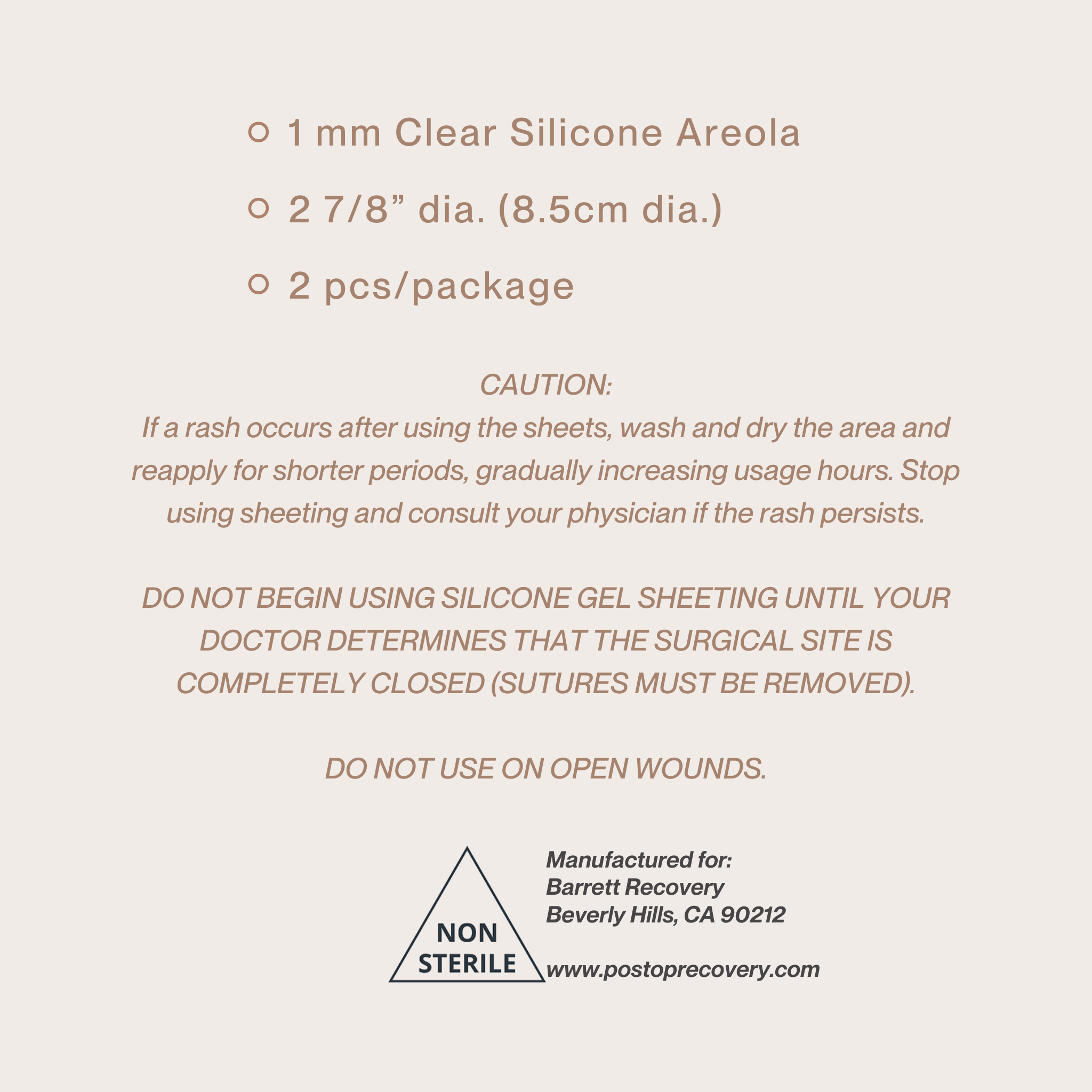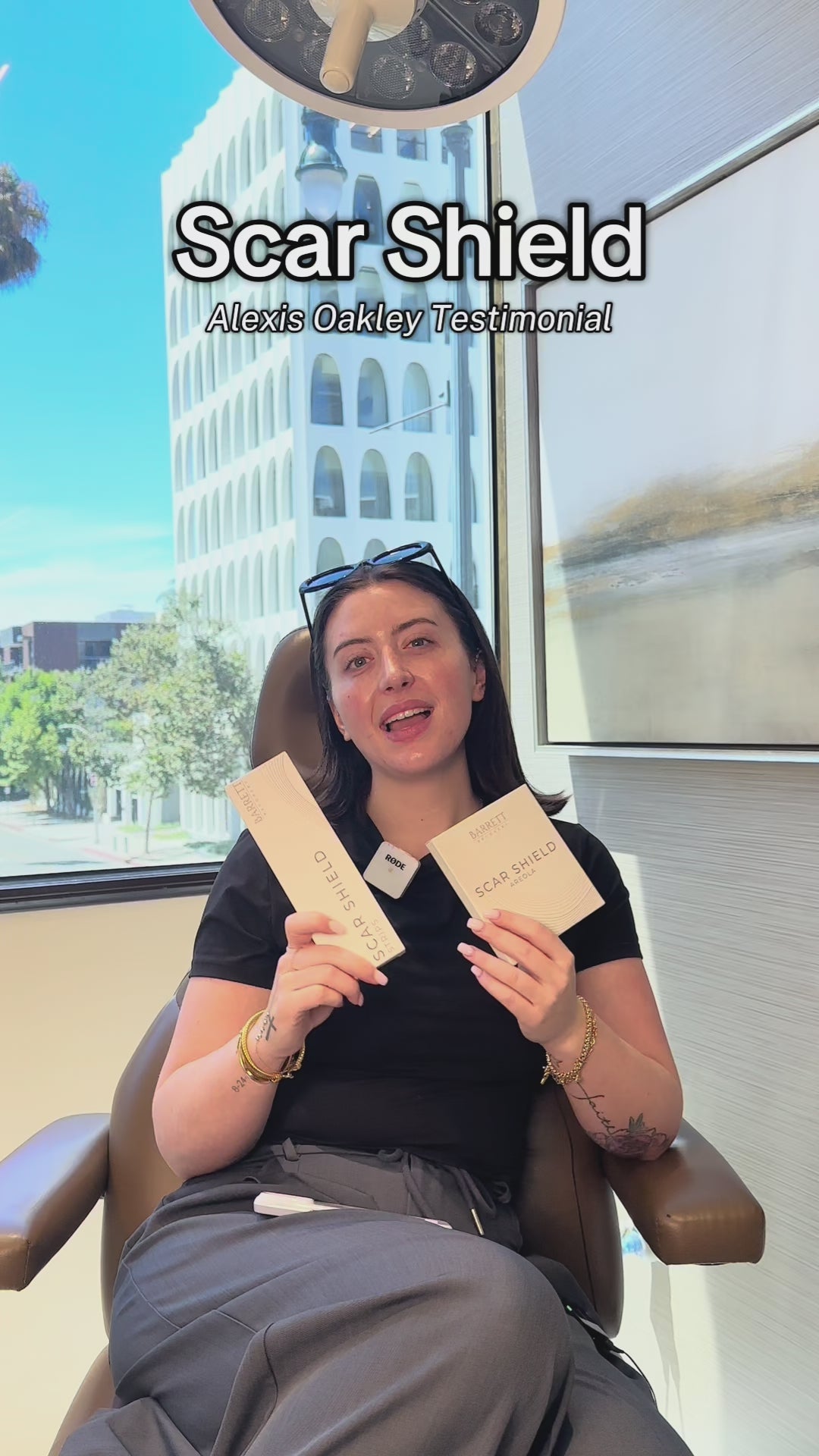






























































Common Curiosities
Silicone scar sheets work by creating a protective barrier over the scar that helps hydrate the skin, regulate collagen production, and reduce excessive scar tissue formation. This barrier mimics the skin’s natural moisture balance, which softens, flattens, and fades scars over time. They are widely recommended by dermatologists and plastic surgeons for both old and new scars.
Silicone sheets are effective for a wide range of scar types, including hypertrophic scars, keloid scars, surgical scars, C-section scars, acne scars, burn scars, and injury-related scars.
You should begin using silicone scar sheets once your incision is fully closed and all scabs have naturally fallen off—typically 10 to 14 days after surgery, depending on how quickly you heal. It’s important to wait until the skin is completely intact to avoid irritation or disrupting the healing process.
For best results, consult your surgeon or healthcare provider to confirm when it’s safe to begin applying silicone sheets based on your specific procedure and healing progress.
For best results, silicone scar sheets should be worn for 12 to 24 hours a day. They should be applied to clean, dry skin and reused for up to 7–14 days per sheet. Consistent use over a minimum of 8–12 weeks is typically recommended, though more prominent scars may require longer treatment.
Yes, silicone scar sheets are generally safe and well-tolerated by most skin types, including sensitive skin. They are non-invasive, drug-free, and hypoallergenic. However, users with extremely sensitive skin should monitor for any signs of irritation, especially if applying to large areas or using for prolonged periods initially.
Yes, silicone scar sheets can be used on both new and old scars. While results are typically more noticeable when treatment begins shortly after the wound has healed (once the skin is intact), many users see improvement in the appearance of older scars as well. The key is consistent and long-term use.
